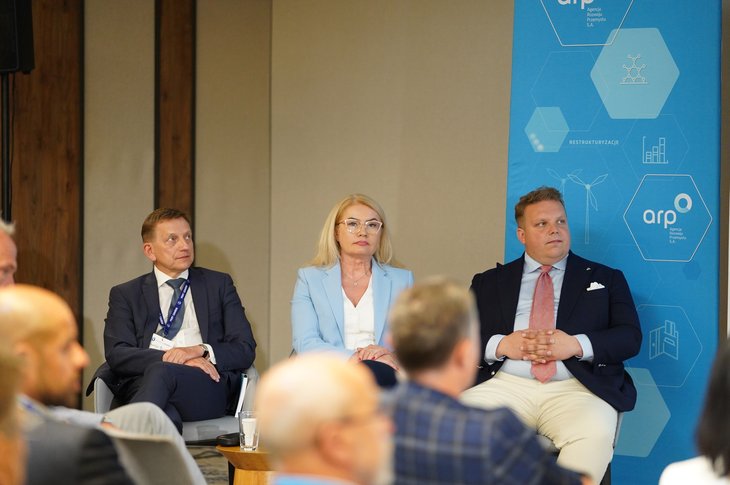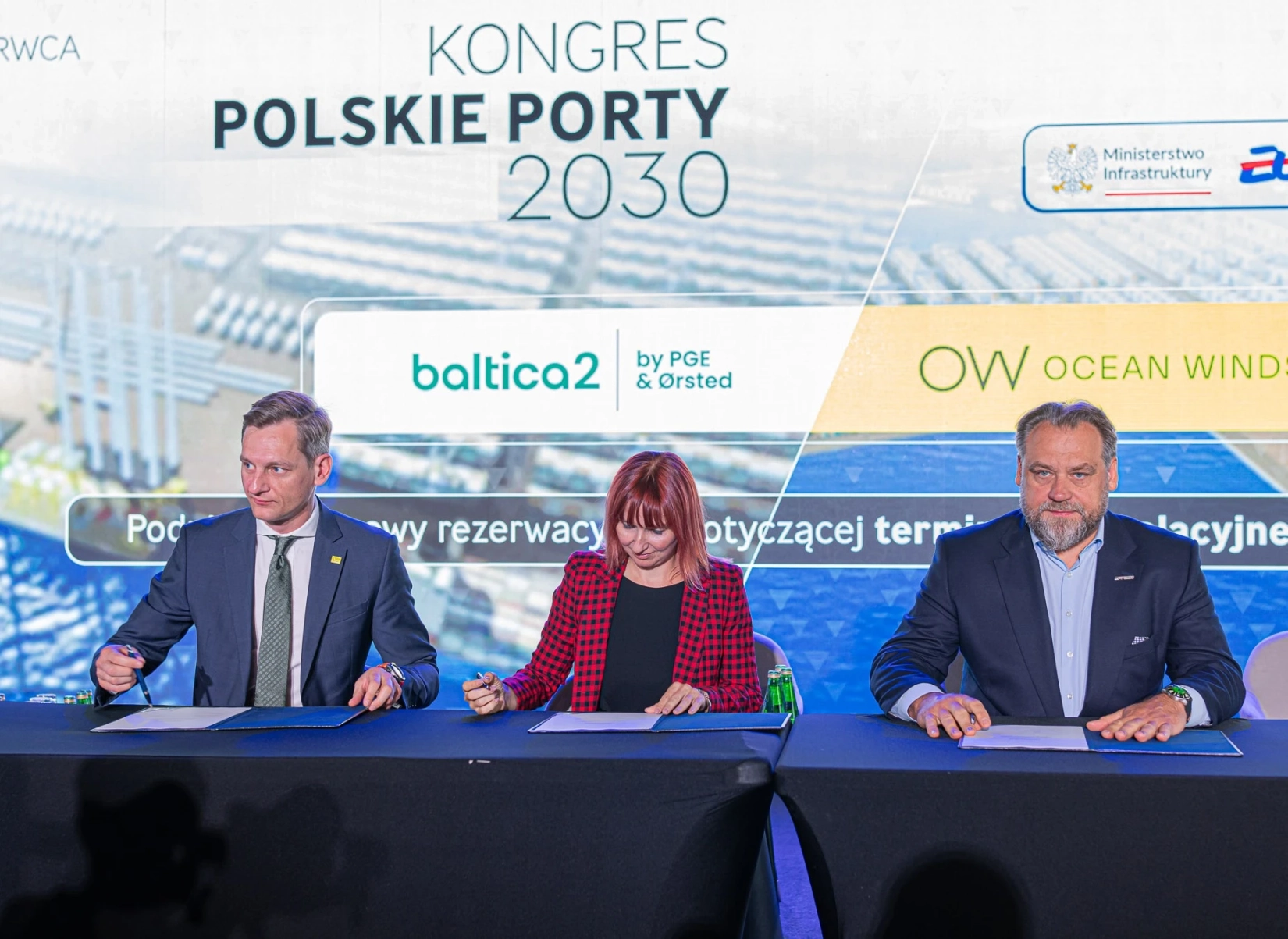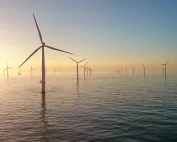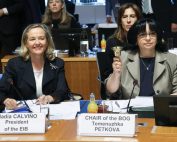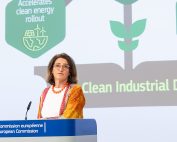BalticWind.EU asked industry leaders and key policy-makers for their assessment of what has been achieved in the past year and what the forecasts are for 2024. In today’s interview of the „Baltic Sea Offshore Wind – 2024 Outlook” series, we present the opinion of Ditlev Engel, CEO, Energy Systems, DNV.
What is the most significant development for the offshore wind in 2023?
During last year’s North Sea Summit, Offshore Wind was seen as a major driver to go forward, also reflected in the Ostend declaration with the ambitious target of reaching 120GW by 2030 in the North Sea, following the Marienborg Declaration, where new volumes for the build-out of offshore wind in the Baltic Sea were agreed.
In order to realize these enormous ambitions, standardization and scaling across the entire value chain is needed. The EU Fit for 55 program and the European Wind Charter, now signed by 26 member states, already are crucial enablers on this path ahead.
The wind industry can scale very fast, it is ingrained in its DNA – and we need to move fast, so it is important to utilize this. The last few years’ challenges in the industry have not changed our view on its potential; highlighted again in our latest Energy Transition Outlook from 2023.
The Baltics are now in the unique position to capitalize on the past learnings from the offshore industry, as they have access to a very strong supply chain that Europe has built up over the past two decades. The key is to work together to create one European market, which is where the EU should be able to standardize and scale.
What are the most important challenges for offshore wind development in 2024?
The offshore industry has enormous potential, but the market design must enable long term planning with firm commitments, so the value chain can be expanded in a profitable way – which are challenges not related to the technology as such. The supply chain has been developed for over two decades, so we have a very solid and well proven technology. However, in the renewables industry, the margins are extremely slim for all stakeholders, and any deviation on the cost and income side can very fast lead to red numbers, so the execution must be flawless by all parties involved with long term commitments and short-term firm deliveries.
What matters related to offshore wind energy will you particularly focus on in 2024?
In 2024, we will in the Baltics focus on expanding in Poland and working closely with regulators and customers to support them on their journey; utilizing our many years of experience and best practices in the fields of certification and advisory to help accelerate the market. The acceleration of decarbonization and electrification is a key enabler in many industries, so the demand for green electrons is high. We are currently working on 41 Joint Industry Projects across the value chain, like for instance floating sub-stations, testing of hydrogen infrastructure and Power-to-X, to name a few – we need to scale this and come up with recommended practices and solutions.
We will also continue to participate in a research and innovation project related to further digitalization of wind energy, funded by several European universities including Gdansk University of Technology.



